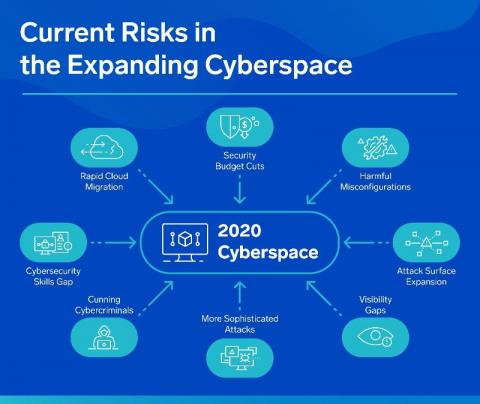Improving Application Quality through Log Analysis
Throughout the history of software development, one statement has remained true: no application is perfect. Due to that fact, development organizations must work with all resources at their disposal to limit the impact that application problems have on the end-user. Server log files represent an important resource that should be referred to during the process for troubleshooting any application issue.








